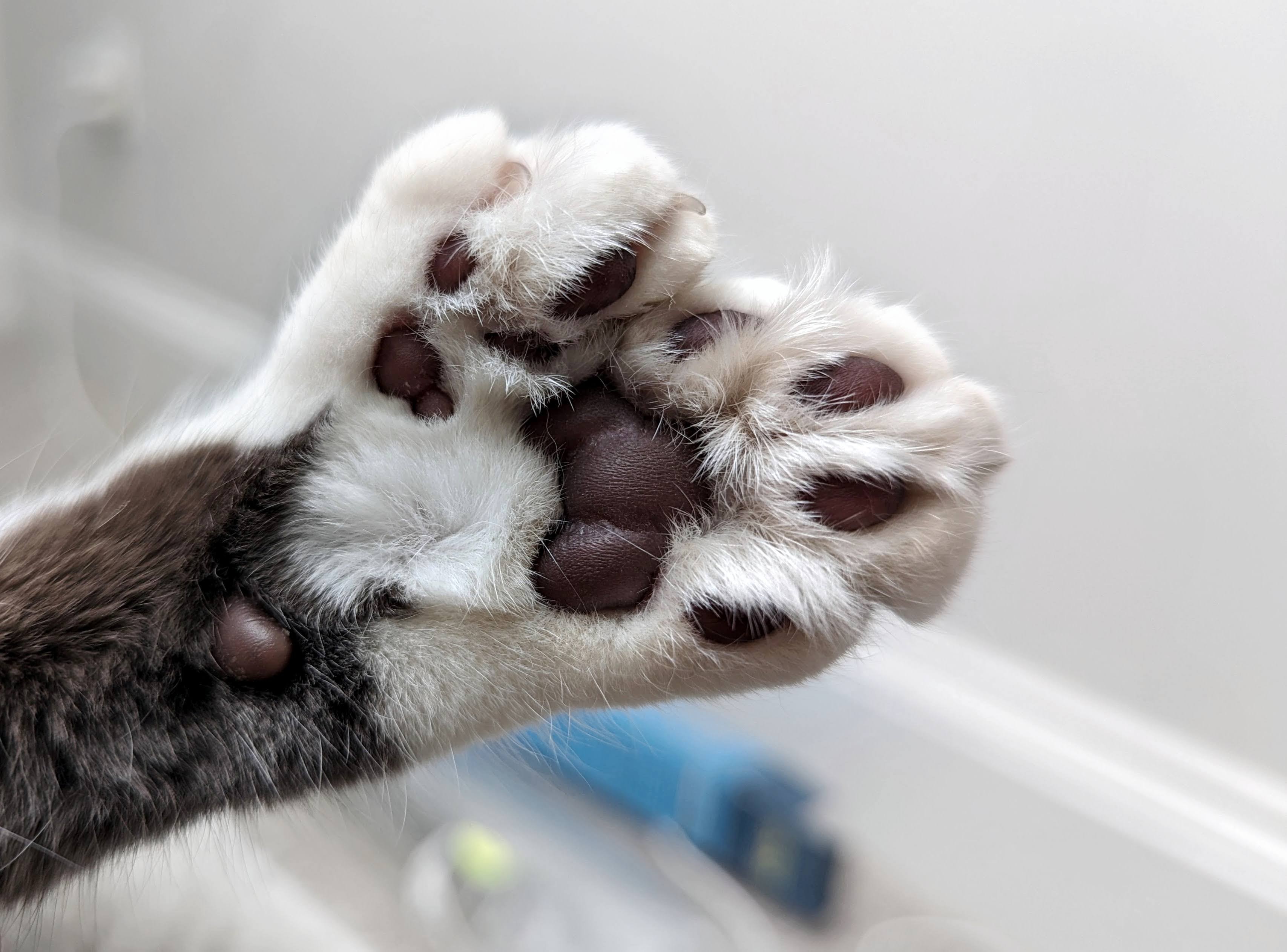Have you ever seen a cat with extra toes? These special cats are known as polydactyl cats. The term “polydactyl” comes from Greek words. It means “many fingers.” These cats have more toes than the usual four on each paw. Some have five, six, or even more! This article will help you understand why some cats are polydactyl.
Contents
What is Polydactyly?
Polydactyly is a genetic trait. This means it is passed down from parents to their kittens. In polydactyl cats, a mutation occurs in a specific gene. This mutation leads to the development of extra toes. Polydactyly can happen in many animals, but it is most common in cats.
The Genetics Behind Polydactyly
Polydactyly is usually caused by a single gene. This gene is called the “polydactyl gene.” When a cat inherits this gene, it can lead to extra toes. It is an example of a dominant trait. This means if one parent has the gene, the kittens may also have it.
Here is a simple breakdown of how it works:
| Parent 1 | Parent 2 | Possible Kittens |
|---|---|---|
| Polydactyl | Non-Polydactyl | 50% Polydactyl, 50% Non-Polydactyl |
| Polydactyl | Polydactyl | 75% Polydactyl, 25% Non-Polydactyl |
History of Polydactyl Cats
Polydactyl cats have a rich history. They are famous in many cultures. Sailors often kept these cats on their ships. They believed that polydactyl cats brought good luck. Ernest Hemingway, the famous writer, loved polydactyl cats. He had many at his home in Key West, Florida. Today, you can still visit the Hemingway House and see these unique cats.
Common Breeds of Polydactyl Cats
Polydactyl cats can be found in many breeds. However, some breeds are more likely to have this trait. Here are some common breeds:
- Maine Coon: Known for their large size and friendly nature.
- American Shorthair: A versatile breed that is also very friendly.
- Scottish Fold: Famous for their folded ears and sweet personality.
- Polydactyl Domestic Shorthairs: These are mixed-breed cats with extra toes.
Credit: en.wikipedia.org
